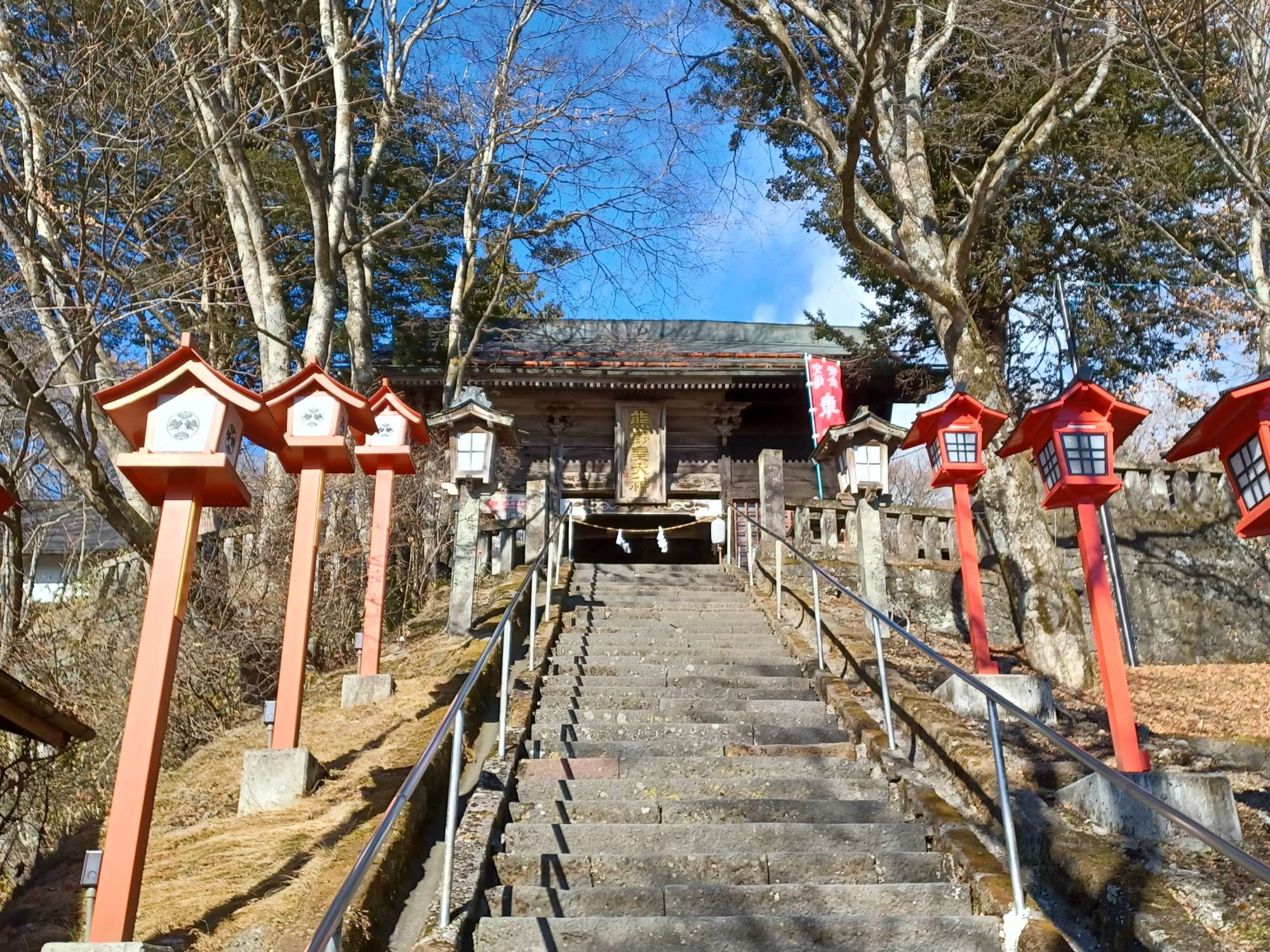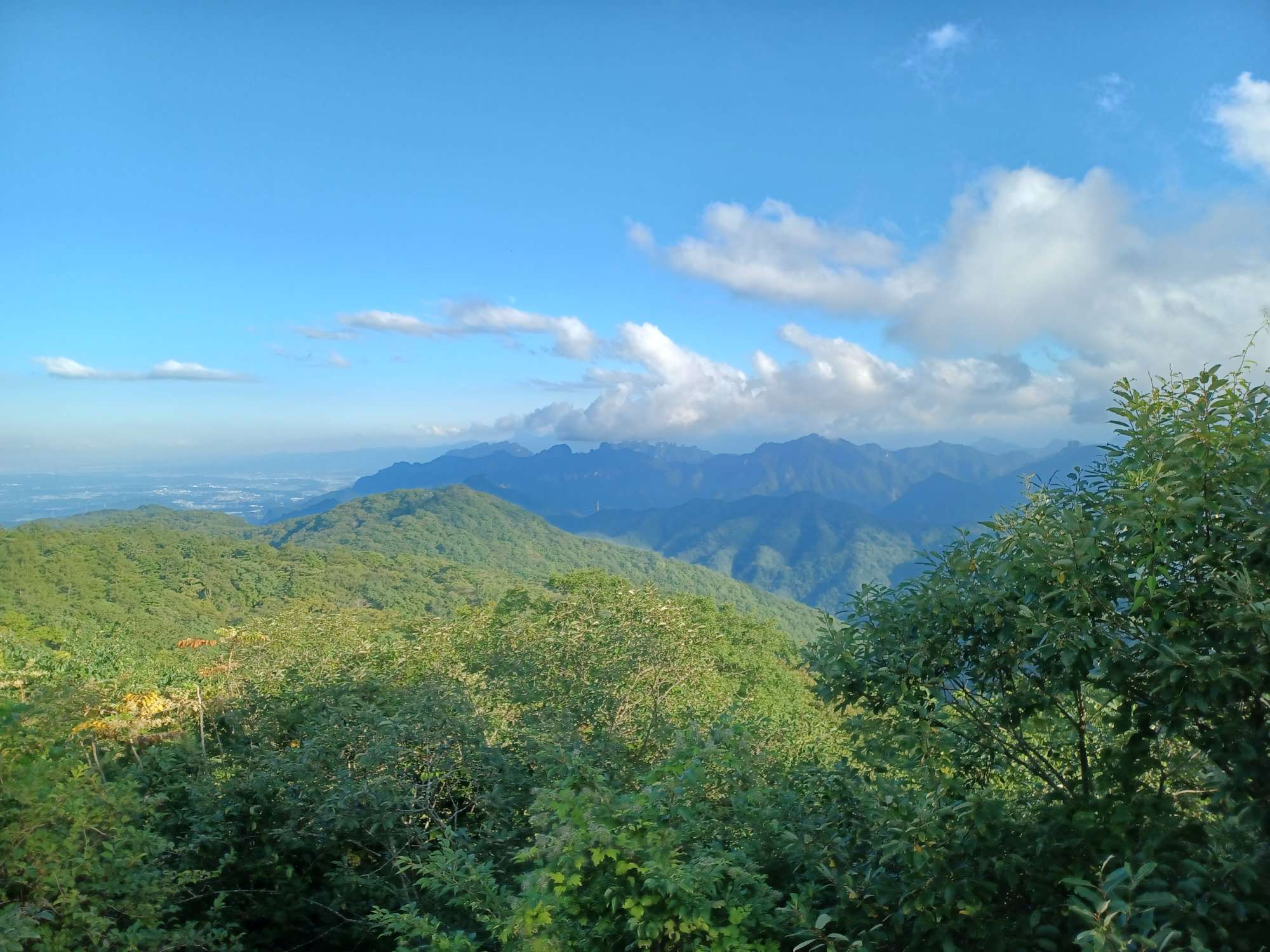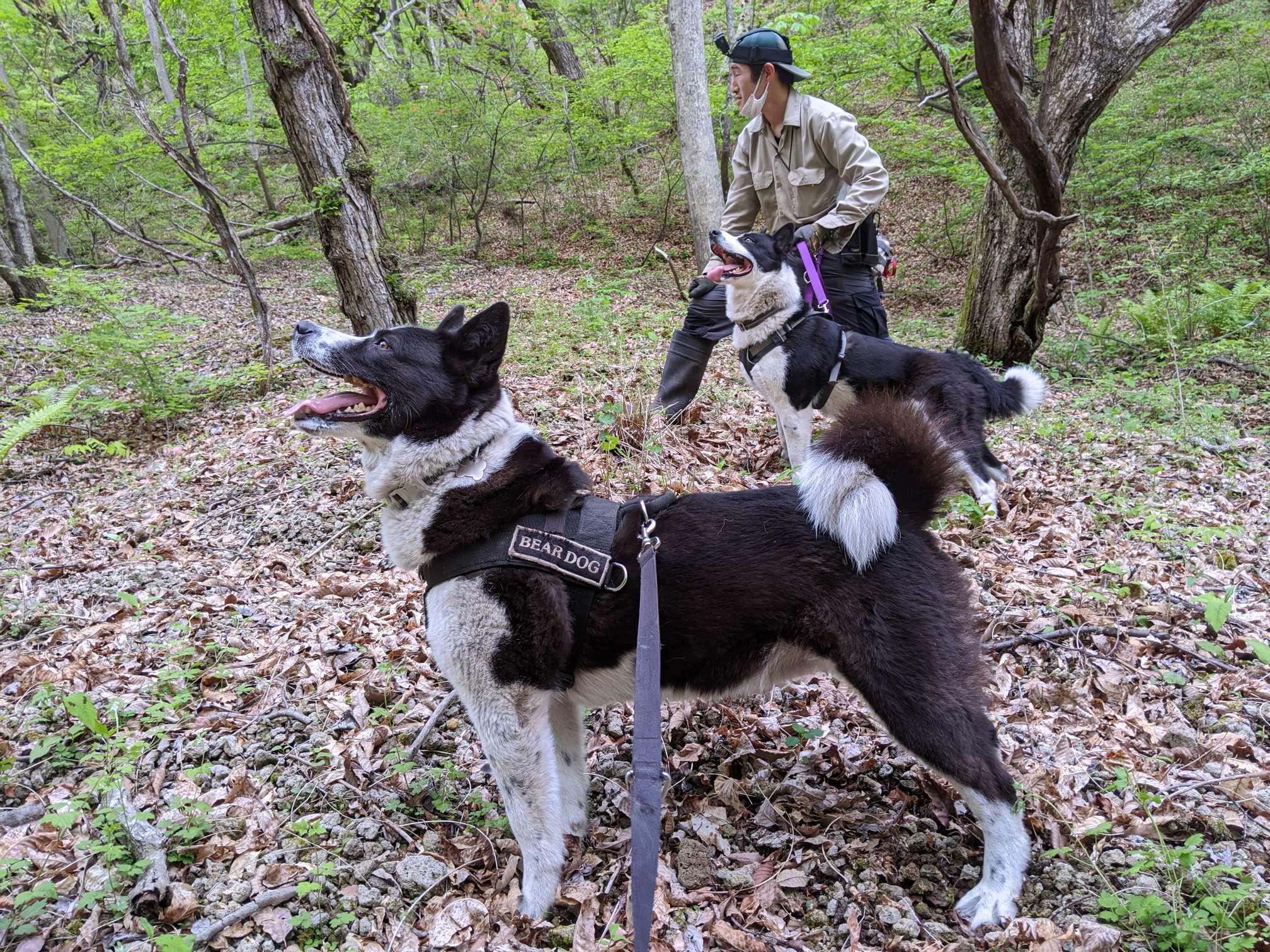
A view of Mt. Asama from the Karuizawa National Bird Sanctuary Forest.
Just over an hour from the metropolis of one of the world's most populated cities, Tokyo, is the charming resort town of Karuizawa. Nestled among tranquil forests and undulating mountains, this small town (pop. 19,684) is most famous for its summer vacation villa homes (offering refreshing retreats for Japan’s rich and famous) and glamourous shopping mall. But what it also boasts is an abundance of nature that is accessible to everyone.
A neighbour to the Japanese alps as well as several other smaller mountain ranges, Karuizawa is the ideal base from which to explore some of Japan’s most hiked routes. Not to mention, the town sits at the base of an active volcano and one of Japan’s 100 famous mountains, Mt. Asama.
Several other less arduous trails begin and end in the forests surrounding Karuizawa and one can even venture onto a portion of the historically famous Nakasendo trail which once ran between Kyoto and Tokyo (then Edo) over 300 years ago. Those familiar with the Nakasendo trail may have heard of Tsumago-juku or Magome-juku, both prominent post towns in the Kiso valley which maintain their historic features and are popular stopping points to those walking the Nakasendo trail today.
Perhaps a little less well known, Karuizawa is also considered to be a “post town” of the Nakasendo trail and has a history of supplying travellers in Edo times with the nourishment they needed to traverse the challenging passes and peaks that came next in their journey towards Edo (Tokyo). Among the newer, more fashionable cafes and bakeries populating Karuizawa today, a few of the traditional soba and mochi shops remain, the oldest of which was established in 1670. Even older than this is the Kumano-jinja shrine which sits above the town, straddling the two prefectures of Nagano and Gunma.

The name of this shrine is linked to one of the most famous pilgrimage routes in Japan, “Kumano kodo iseji” and its three prominent shrines, the “Kumano-sanzan” found in Mie prefecture. It’s said that this particular branch shrine in Karuizawa was established by a prince called Yamato Takeru over 1000 years ago after he got lost in the thick fog of the mountains and was guided to the summit of the pass by a 3-legged crow or “yatagarasu”. To thank the God for helping him, he installed the shrine in the name of Kumano and the location continues to thrive today as a popular power spot among locals and tourists alike.

Visitors to the shrine can offer prayers on either side of the border and even pick up “yatagarasu” お守りomamori (protective charms) of two different kinds. Stood beside the shrine, one can see out across the tops of the distant mountains and feel the proximity of Japan’s lush nature.

It’s worth visiting the shrine and topping up on spiritual nourishment as well as mochi and soba before venturing forth into the sprawling hills as the section of the Nakasendo trail leading out of Karuizawa has its own stories of bygone thieves and mountain witches said to gobble up weary travellers. Nowadays, you’re more likely to stumble into a Japanese serow or “kamoshika” than a ye olde highway man but the thoughts of the latter will likely keep hikers on their toes as they walk a path that time forgot.
Completely distant from the bustle of the town, this route takes you into the heart of the forest and offers the chance to encounter an array of Japanese wildlife from the striking copper pheasant to the skittish Sika deer.
Alternatively, one can search for wildlife on another of Karuizawa’s many trails, some leading to enchanting waterfalls and others to breathtaking viewpoints…And all are likely to carry the signs of Japan’s largest and potentially most fascinating species, the Asiatic black bear.
Like many other countryside towns in Japan, Karuizawa residents have to coexist with the nature that surrounds them. In the case of the bears, this ideal coexistence can be tricky to achieve and the help of a comprehensive management project is necessary to protect both people and bears. In Karuizawa, this project works by capturing bears close to town and collaring them for monitoring purposes. Being able to locate the bears with their radio collars allows bear management rangers to deter them from entering residential areas with the help of specially trained bear dogs. Installing and maintaining various conflict mitigation tools such as bear proof rubbish bins and electric fences also helps to reduce bear related damages and thus lessen the overall conflict.

Despite their inquisitive nature and occasional forays into town, the chances of bumping into a bear as you explore the forests surrounding Karuizawa (or elsewhere in Japan) are very low. That being said, it is always recommended to carry a bear bell or otherwise make some sort of noise as you hike in the Japanese countryside in order to avoid encountering a bear by surprise.
The best way to observe an elusive Asiatic black bear in the wild in Japan is to join a guided tour and leave it to the experts to find the bears for you. Such a tour exists in Karuizawa and runs during a limited time in the summer months when the bears leave their forest habitat behind and venture into more open, alpine surroundings to search for summer fruits.

While most of Karuizawa’s nature is most accessible in spring and summer, there is still plenty to explore in the winter months too. With several ski slopes and an outdoor skating rink buried in the forest, one can enjoy all the popular snow sports while fully immersed in nature. Being so close to Tokyo, Karuizawa offers a convenient day trip for those wanting to experience winter in the mountains without travelling too far. The forests surrounding the town hold their own majesty in winter; treetops glistening with frost, pathways blanketed with snow and a whole host of birds fluttering among the branches. Some of these birds are migrants and only appear in the winter months so it’s a good opportunity for any bird watchers to enhance their species list. And with very little light pollution, the night skies above Karuizawa in winter are a star-gazer's delight.

So whether you’re an avid hiker, sportsman, wildlife enthusiast or just a lover of nature in general, Karuizawa is the perfect place in Japan for you to get off the beaten track and enjoy travelling in a more laid back and natural way!
After studying zoology in the UK, Amelia moved to Japan and began working with Asiatic black bears. She loves living among nature in Karuizawa and spends her weekends hiking mountains, bird watching and trying out new cafes. Winter finds her mostly buried beneath her kotatsu drinking tea and watching TV. One day she hopes to visit every single prefecture in Japan (so far she has been to 24).

















































